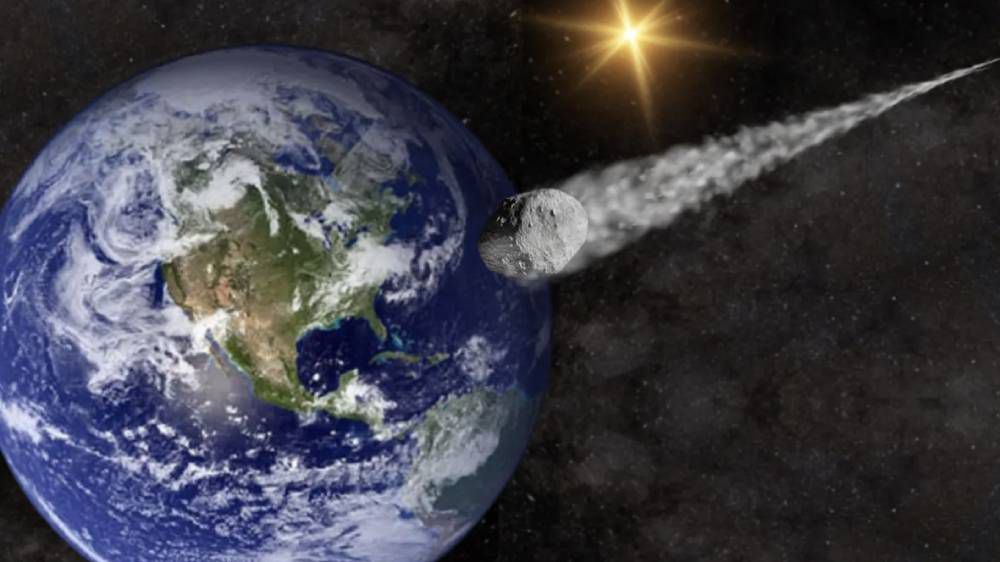Scientists utilizing state-of-the-art telescopes on Maunakea and the Canada-France-Hawaii Telescope have refined calculations on the trajectory of asteroid 2024 YR4 and found the likelihood of it colliding with Earth has dropped.
University of Hawaii astronomers discovered the “city-killer” sized asteroid in December 2024. Initially feared on track to collide with Earth in December 2032 with a 3% probability, the newest observations collected on Feb. 19 now show the likelihood has dropped to just 0.28%.
“The atmosphere above Maunakea tends to be very stable, and it enables telescopes to produce very sharp images, sharper than most other observatory locations,” said astronomer David Tholen at UH’s Institute for Astronomy in a release. Tholen, along with IfA colleagues Richard Wainscoat and Rob Weryk, analyzed images captured by the CFHT’s MegaCam, a 380 MegaPixel wide-field camera designed for asteroid tracking and deep-space imaging.
Playing a critical role in NASA’s planetary defense efforts by providing data for experts to assess the asteroid’s path, the team says time is running out for ground-based tracking.
“The distance between the Earth and the asteroid keeps increasing, and as that happens the asteroid gets fainter and fainter, and at some point, it will be too faint to reach with even the largest telescopes we have here on Earth,” Tholen explained.
Scientists say 2024 YR4 will be too far and faint to detect with Earth-based telescopes by April 2025. In May, NASA plans to use the James Webb Space Telescope to gather additional insights on its size and structure. The next opportunity to monitor the asteroid from Earth won’t be until 2028.
Even with the lower probability of impact, astronomers will remain vigilant.





